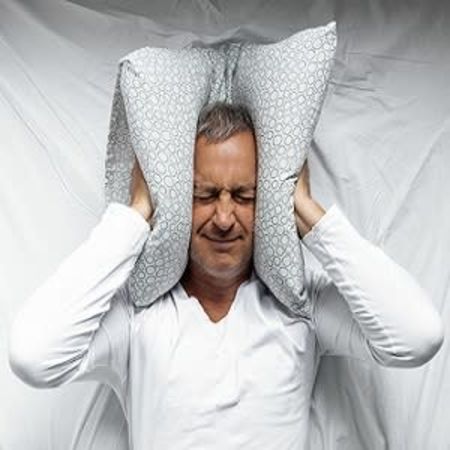Exposure to loud noise has long been linked to hearing loss. But noise can take a toll beyond the ears. Traffic noise, in particular, has been proven to be a physiological stressor. It is classified as the second-worst environmental stressor affecting human health. There is also significant research to show that air and road traffic noise increase the risk of cardiovascular disease.
Statistics show that approximately a third of Europeans and Americans are exposed to unhealthy levels of noise (around 70 to 80 decibels). Chronic exposure to environmental noise can increase the risk of heart-related troubles. According to a study published in Noise & Health, people living near the Frankfurt Airport had a 7% higher risk of stroke compared to those living in quieter neighbourhoods (airplanes can research 120 decibels or more).
Another study published in the European Heart Journal reports that around 25,000 cardiovascular deaths between 2000 and 2015 among people living near Zurich Airport showed significant increases in nighttime mortality after airplane flyovers.
A report by the World Health Organization shows that Western Europeans lose more than 1.6 million years of healthy life because of traffic noise.
Individuals can themselves take measures to reduce their exposure to noise, such as by wearing earplugs at night, retrofitting windows or hanging noise-reducing curtains, moving to quieter neighbourhoods etc.
Some governments have tried to reduce noise exposure by adopting nighttime flight bans, incentivising quieter technologies and issuing fines for noise complaints. However, a lot more needs to be done. According to data from the United Nations, 55% people lived in cities in 2018, and this number is expected to reach 70% by 2050.
There is a need to implement strategies to reduce noise. Focus should be on reducing both daytime, and nighttime noise exposure and future research should focus on understanding the effects of noise on cardiovascular diseases. In particular, identifying the impact of noise during critical time windows and exploring the effects and characteristics of different types of noises is also important for future research.
Source: Knowledge Magazine
Image Credit: iStock



























